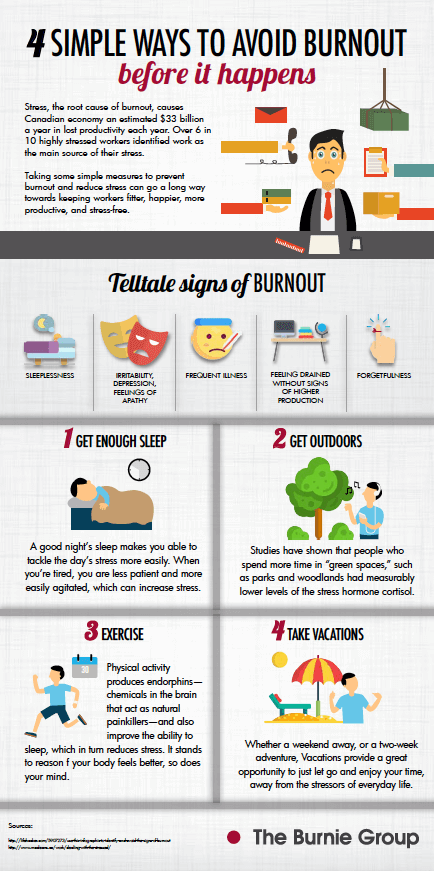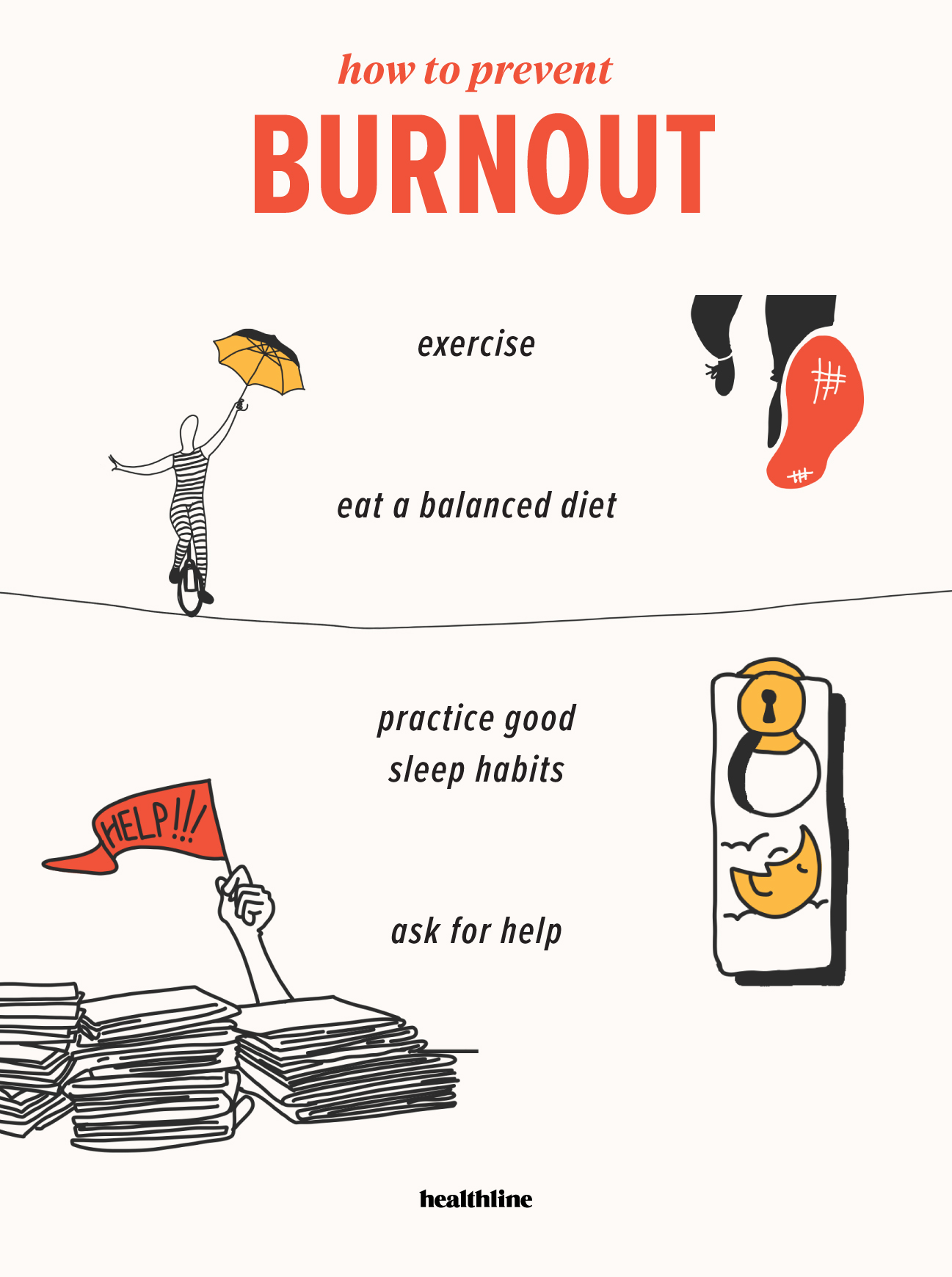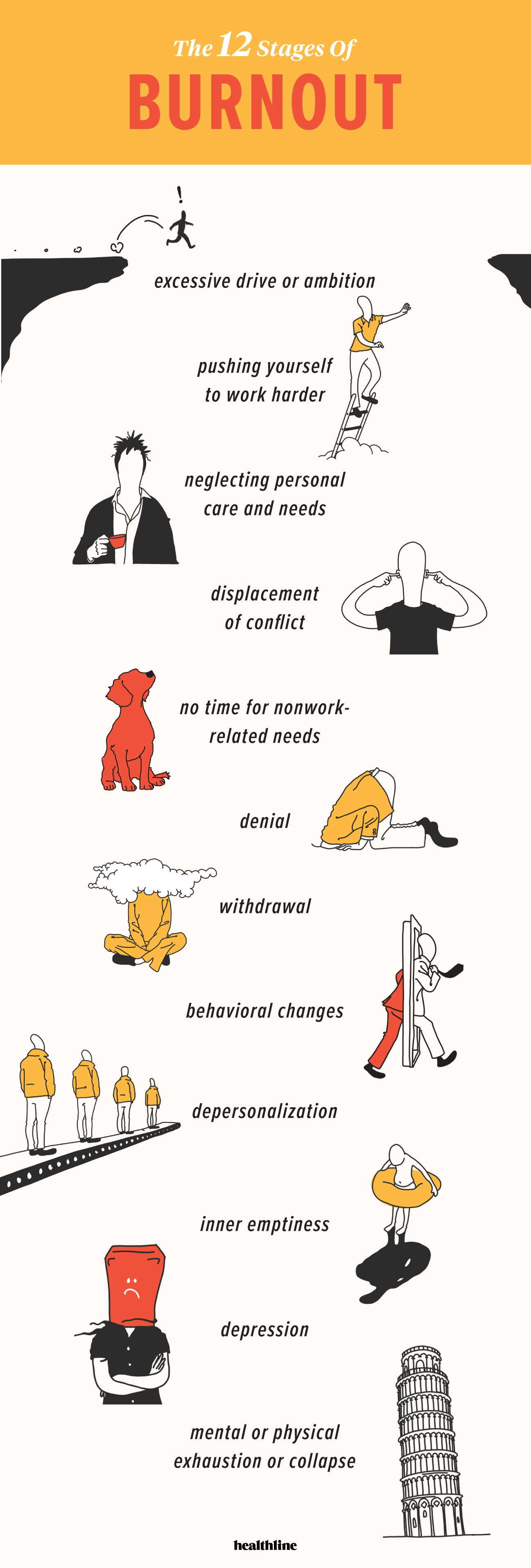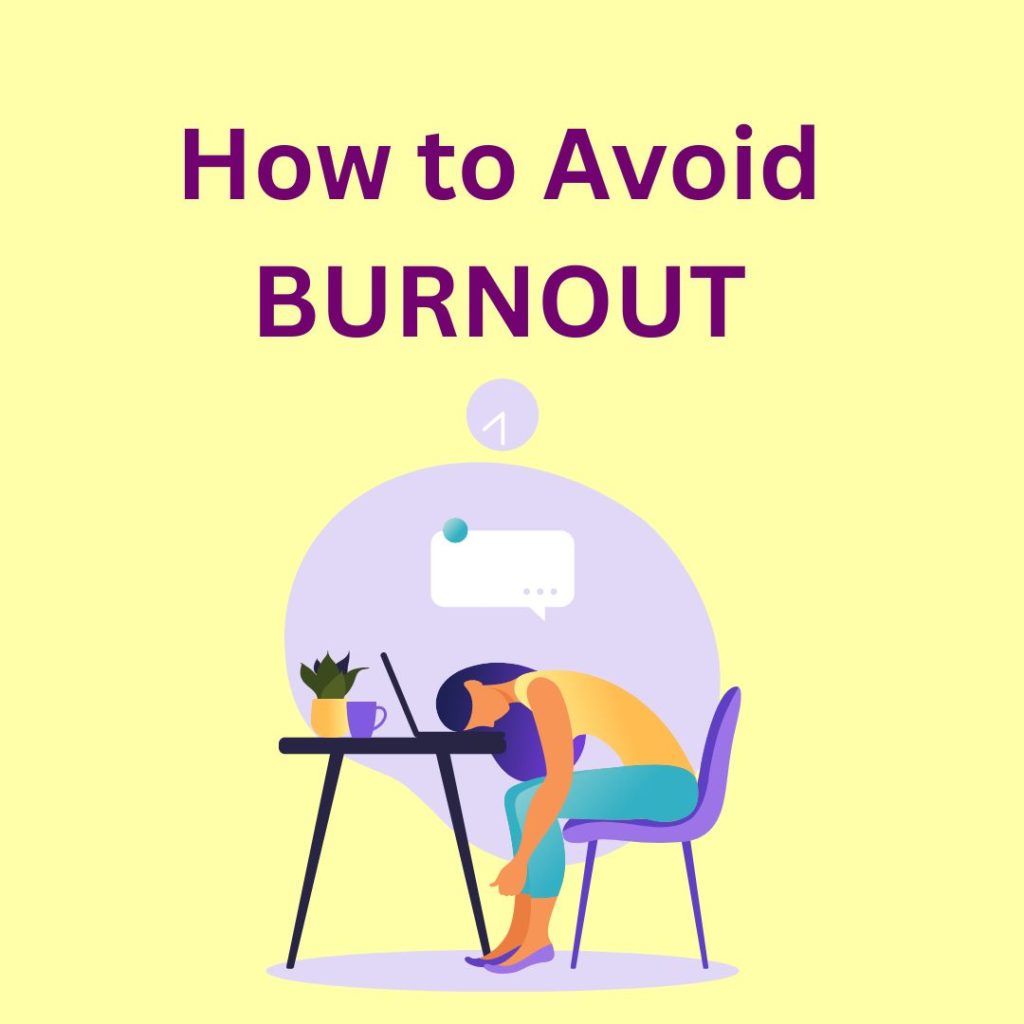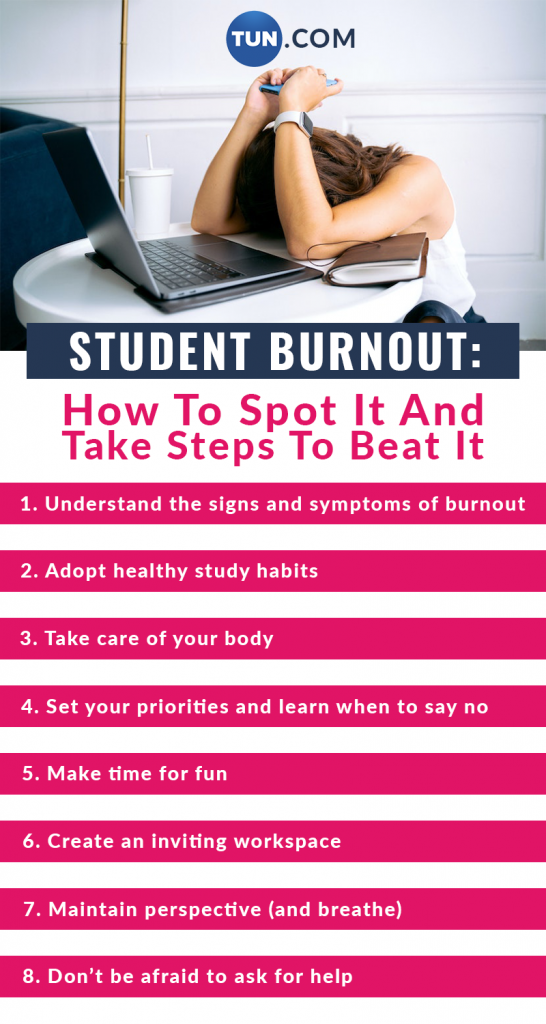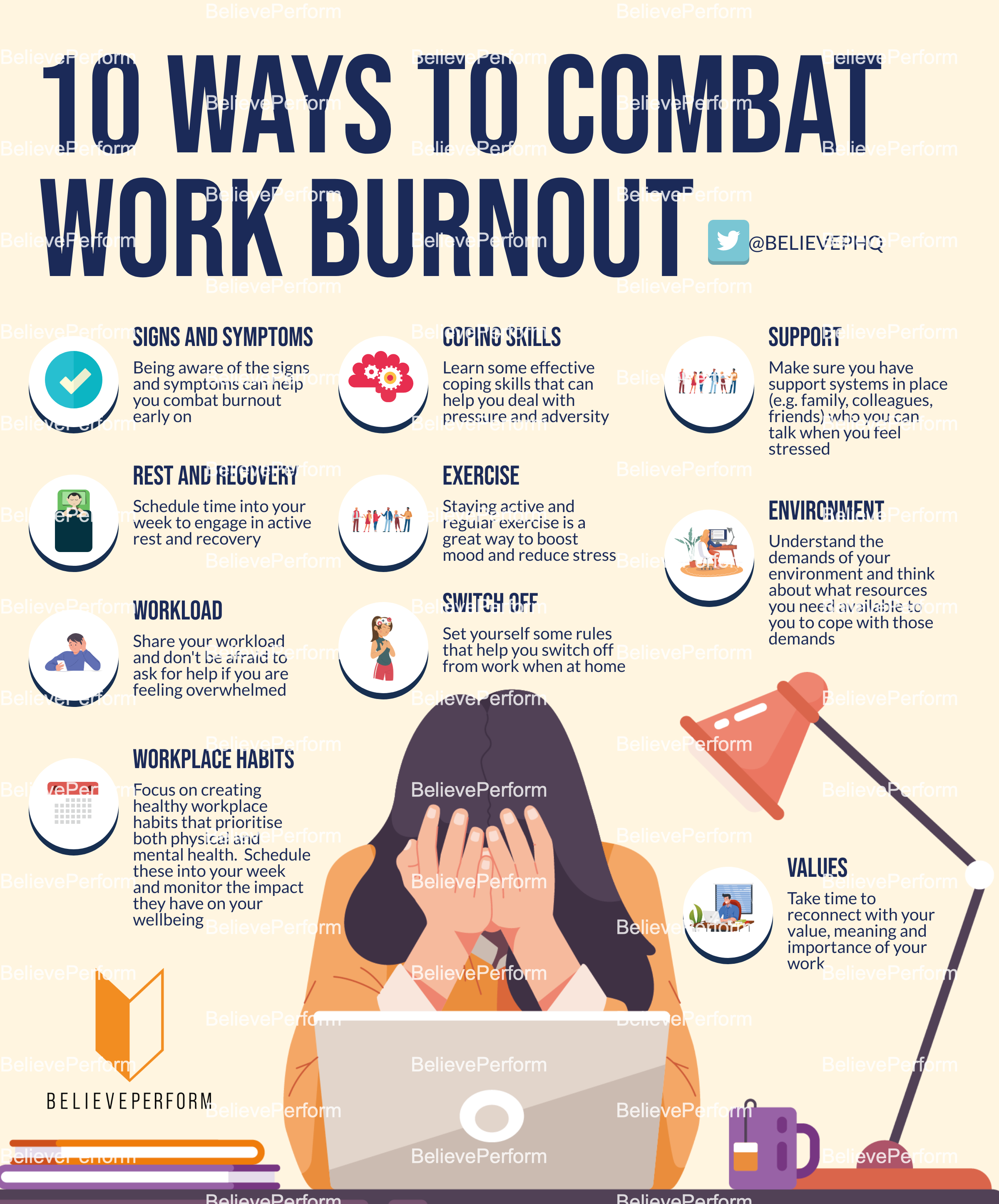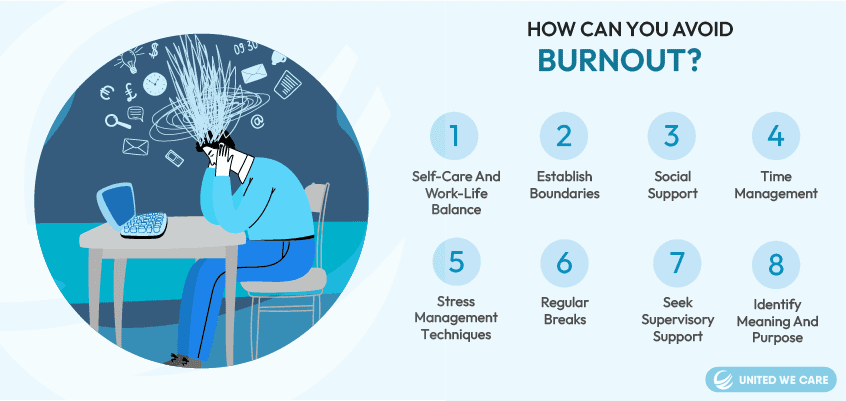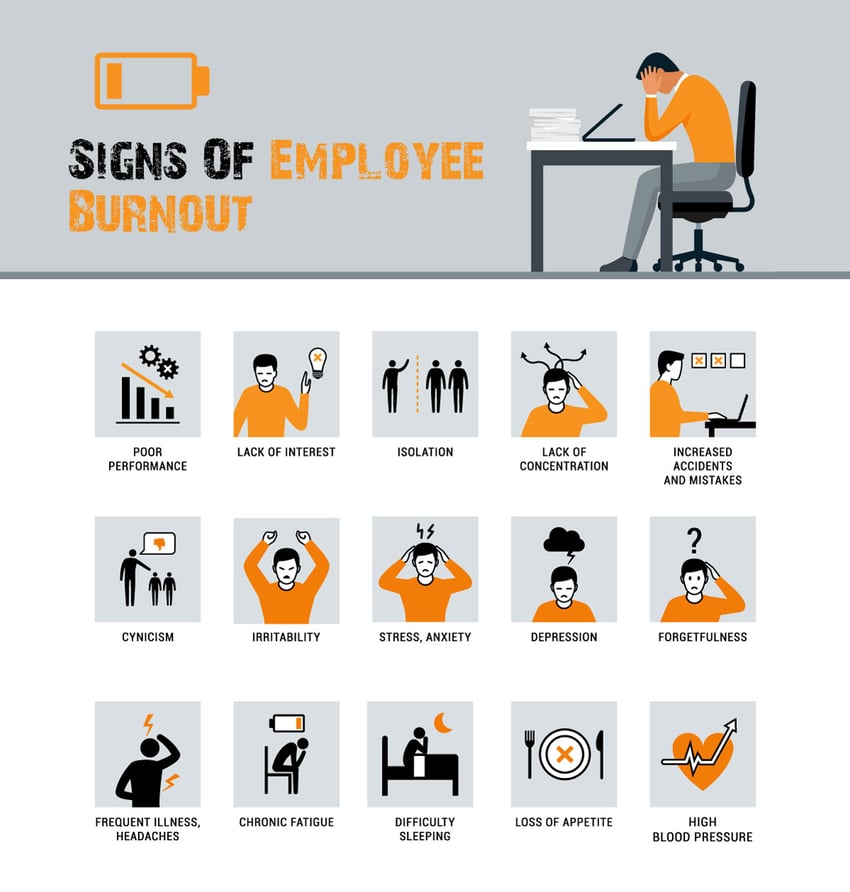Avoid Burnout Before You're Already Burned Out
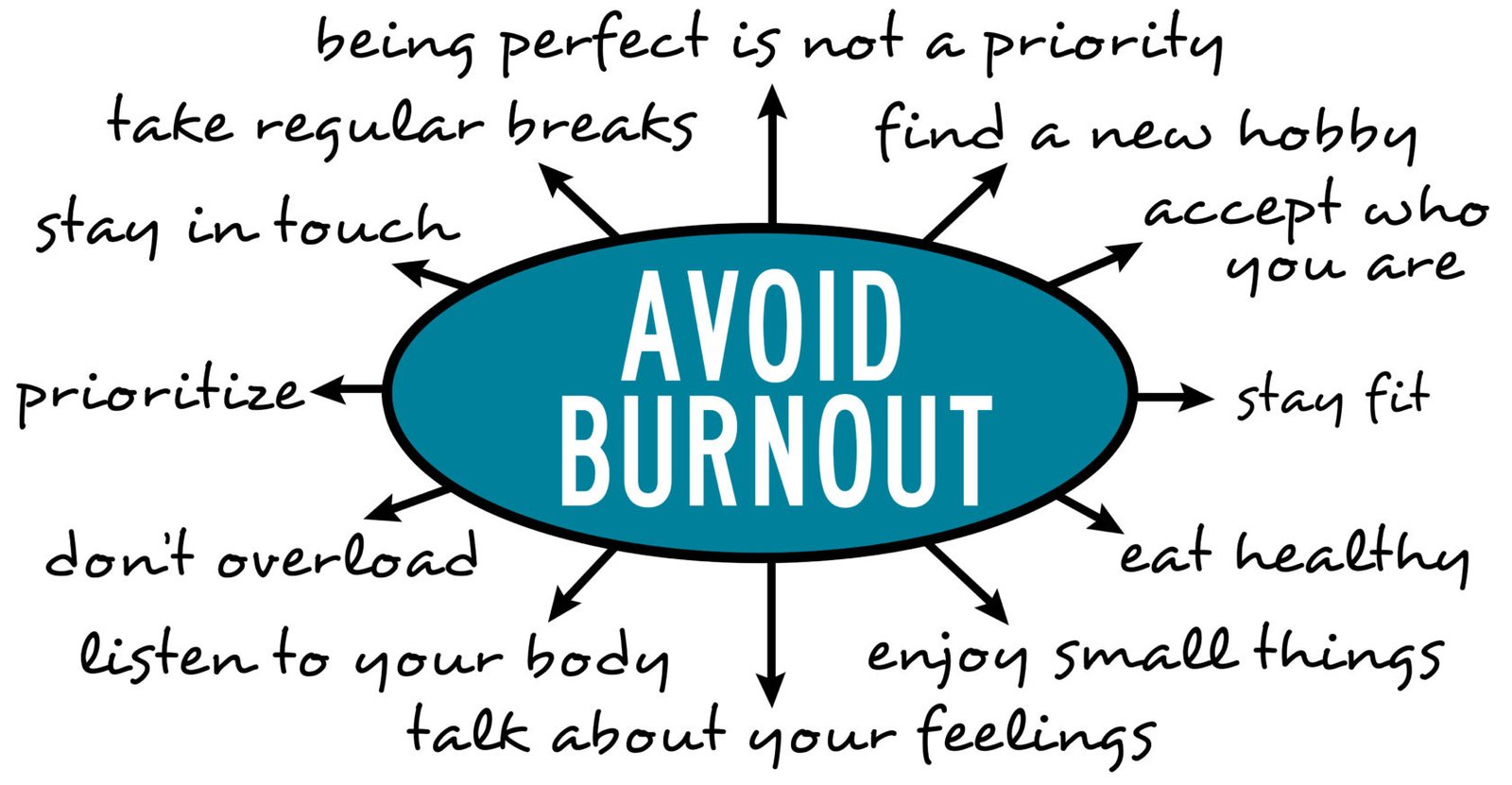
The relentless pressure of modern life, compounded by economic anxieties and technological overload, is pushing individuals to the brink. Burnout, once a hushed whisper in the workplace, is now a roaring epidemic, affecting productivity, mental well-being, and even physical health. The cost, both personal and societal, is staggering, demanding immediate attention and proactive solutions.
This article delves into the pervasive issue of burnout, offering insights into its causes, symptoms, and, most importantly, preventative strategies. We'll explore expert advice, research findings, and practical steps individuals and organizations can take to cultivate a sustainable and fulfilling approach to work and life. Avoiding burnout isn't just about self-care; it's about creating a healthier, more resilient society for everyone.
Understanding the Burnout Landscape
The World Health Organization (WHO) officially recognizes burnout as an occupational phenomenon, characterizing it by feelings of energy depletion or exhaustion, increased mental distance from one’s job, or feelings of negativism or cynicism related to one's job, and reduced professional efficacy. Dr. Maria Fernandez, a leading researcher on workplace stress, emphasizes that burnout is not simply stress; it's chronic, unmanaged workplace stress.
Contributing factors range from unrealistic workloads and lack of control to insufficient reward and recognition, unfair treatment, and a breakdown of community. The always-on culture, fueled by smartphones and remote work, further blurs the lines between work and personal life, making it increasingly difficult to disconnect and recharge.
Data from a 2023 Gallup poll reveals that approximately 76% of employees experience burnout on the job sometimes, while 28% say they are burned out "very often" or "always." This alarming statistic underscores the urgency of addressing this issue proactively, before individuals reach a breaking point.
Recognizing the Warning Signs
Burnout manifests in various ways, often subtly at first. Common symptoms include persistent fatigue, sleep disturbances, difficulty concentrating, cynicism or negativity, increased irritability, and physical ailments like headaches and stomach problems.
Individuals may also experience a sense of detachment from their work, feeling as though their efforts are meaningless or insignificant. Early detection is crucial. Ignoring these warning signs can lead to more severe consequences, including depression, anxiety disorders, and even cardiovascular problems.
It's important to differentiate between a temporary dip in energy and the persistent, pervasive exhaustion of burnout. Ask yourself: am I consistently struggling to get out of bed? Am I dreading work every day? Has my performance declined despite my best efforts?
Strategies for Prevention
Preventing burnout requires a multifaceted approach, encompassing individual self-care strategies and organizational changes. For individuals, prioritizing self-care is essential. This includes getting adequate sleep, eating nutritious meals, engaging in regular exercise, and making time for relaxation and hobbies.
Setting boundaries is also crucial. Learn to say no to additional commitments, delegate tasks when possible, and create clear boundaries between work and personal life. Unplug from technology after work hours and dedicate time to activities that bring you joy and rejuvenation.
Organizations play a vital role in preventing burnout. This includes fostering a supportive work environment, providing adequate resources and training, promoting work-life balance, and recognizing and rewarding employees for their contributions. Offering flexible work arrangements, such as remote work options and flexible hours, can also help employees manage their workload and personal responsibilities.
The Role of Leadership
Leaders set the tone for the entire organization. When leaders prioritize employee well-being and model healthy work habits, it creates a culture where employees feel supported and empowered to prioritize their own well-being. Transparent communication is also key.
Leaders should openly discuss stress management strategies and encourage employees to seek help when needed. Regular check-ins and opportunities for feedback can help leaders identify potential stressors and address them proactively.
Investing in leadership training that focuses on emotional intelligence and empathy can also equip leaders with the skills necessary to create a more supportive and understanding work environment. A leader who is attuned to the needs of their team can make a significant difference in preventing burnout.
Looking Ahead: Building a Sustainable Future
Burnout is not an inevitable consequence of modern life. By recognizing the warning signs, implementing preventative strategies, and fostering a culture of well-being, individuals and organizations can create a more sustainable and fulfilling future. The key is to prioritize well-being, set boundaries, and cultivate a supportive environment where everyone feels valued and empowered.
The conversation around burnout needs to shift from individual blame to systemic change. Organizations need to prioritize employee well-being, not just productivity. Individuals need to prioritize self-care, not just achievement.
By working together, we can create a world where work is not a source of exhaustion and despair, but a source of purpose and fulfillment. The time to act is now, before more individuals are consumed by the flames of burnout. Let's build a future where well-being is not an afterthought, but a fundamental pillar of success.
